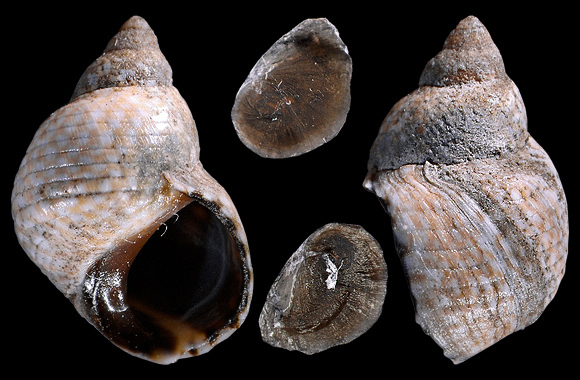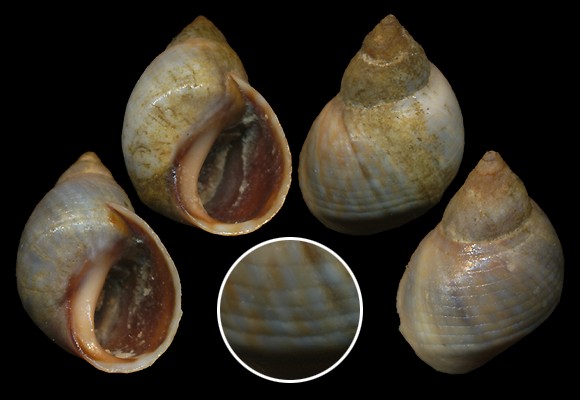
Canarias to Gabon, to S. Mediterranean. Some groups occur now in NE. Occitania (Cap d’Agde, S. France) and in N. Tuscany (Monte Argentario, Grosseto) – cf. Albano, 2015. According to what discovered Evangelisti & al. (2017), the presence of E. punctata in Mediterranean seems recent, and could be linked to the end of the last glacial maximum. The thermophilous character of this species makes it a « new practical indicator of Mediterranean Sea changing conditions » (Albano, 2010) due to the effect of global warming.
Protonym: Turbo punctatus.
Synonyms: siculus, syriaca, tristis.
Grazer in the supralittoral.
Splash zone, on a wall of stones, Sant Feliu de Guíxols, Barcelona, Catalunya, NE. Spain. 6-7mm.
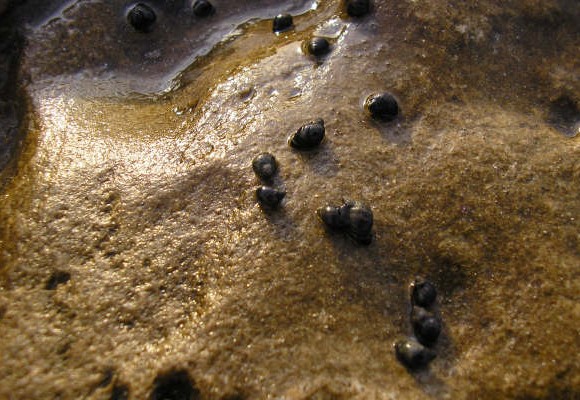
In southern Cádiz, the species is abundant on rocky platforms. Most of individuals live in splash zone and near the sea level (above), but some groups can be found in tide pools (below).
Original picture provided by B.J. Muñoz Sanchez (ES).
– (CC BY-NC-SA) –
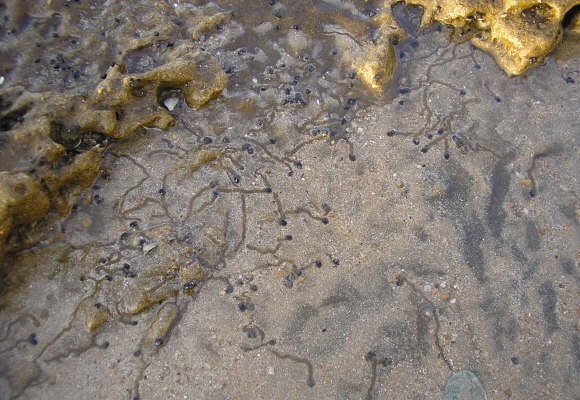
Original picture provided by B.J. Muñoz Sanchez (ES).
– (CC BY-NC-SA) –
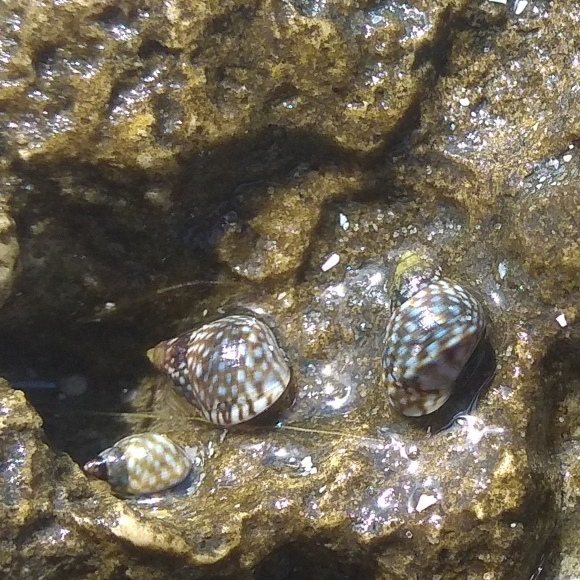
Original picture provided by advush for inaturalist.org.
– (CC BY-NC) –
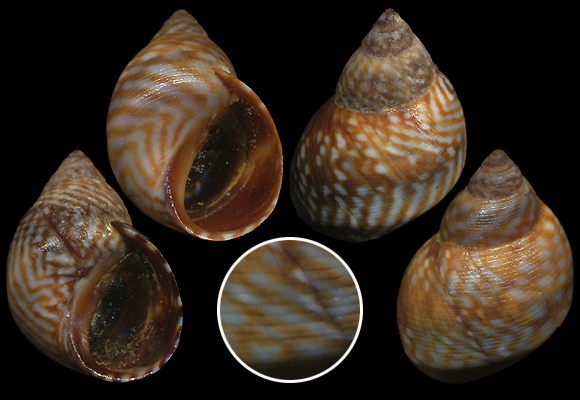

– (CC BY-NC-ND) –
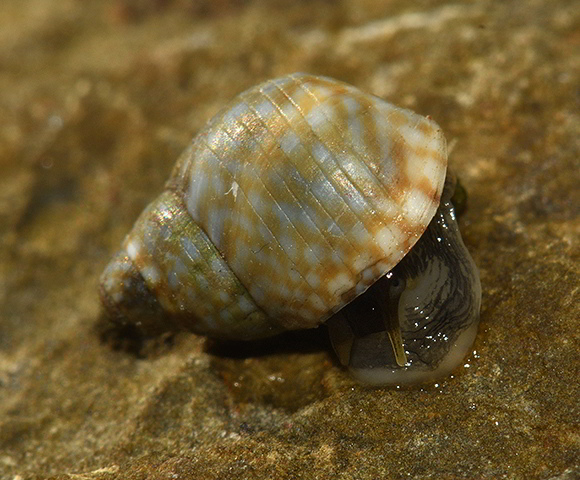
Original picture provided by A. Bertrand (FR).
– (CC BY-NC-SA) –
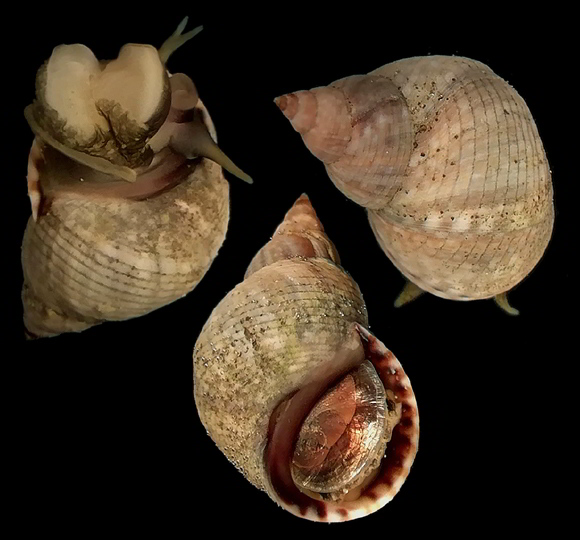
– (CC BY-NC-SA) –
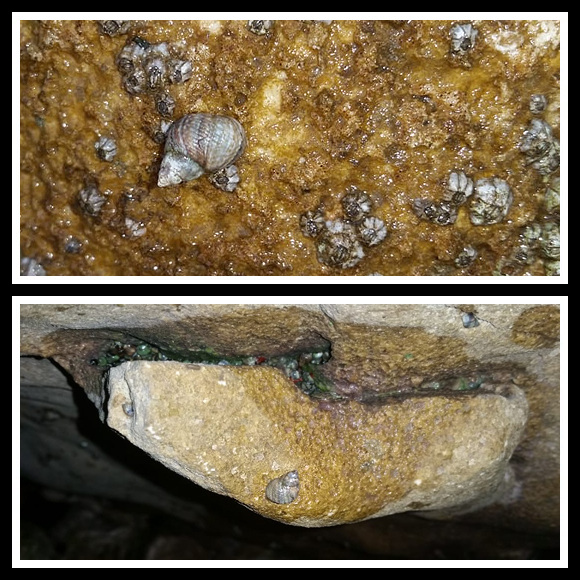
Original pictures provided by R. Crnković (HR).
– (CC BY-NC-SA) –
